By: Brandi Bass
DSPS Counselor/Instructor at San Diego Continuing Education & Southwestern College
By now, you may have heard the phrase “Work-Based Learning (WBL)” floating around your campus. Whether or not you are familiar with this concept, it will be an important one to become familiar with. Let’s get straight to the point – why do I need to read this? Here is what we know about our students: according to a McGraw-Hill Student Workforce Readiness Survey in 2015, 58 percent of students believe that college should be able to adequately prepare them for their career of choice. The Association of American Colleges and Universities found that 20 percent of students felt able and prepared to enter the vocational setting and 2 out of 5 employers rated students from the college setting as ‘well prepared’ for the workplace environment. Regional research has shown that WBL increases enrollment, lowers retention and increases completion. WBL has also shown to improve student motivation, attendance and graduation rates. How does this happen? Students who are engaging in WBL activities already incorporated into the classroom will gain connection to ‘real world’ knowledge as well as the opportunity to explore career options they might not have known were available to them. This can create a whole new scope of work opportunities and worksite relationships for students, improve the schools’ relationship to the community with reduced recruitment and training costs to employers and give employers the confidence in having better-prepared employees who understand the expectations required in a professional workplace setting. Also, with the new Student-Centered Funding Formula (SCFF) offering payment points for students who are employed in their field of study has shown that WBL has a great return investment.
WBL was created due to the problem faced by many students; it is hard to get a job without work experience and hard to get work experience without a job. Mike Suchowski, CEO of educational consulting organization TuaPath, shared a provoking thought at the Career Thought Leader Symposium in 2018 when he said, “Students will not engage with the ‘If you build it, they will come’ model, career content has to be a mandatory part of the curriculum.” WBL is a proven strategy through which students gain the skills and credentials they need to enter and succeed in careers. WBL can be especially important to those low-income students, low-skilled incumbent workers, jobseekers and opportunity youth who may otherwise lack access to the educational opportunities, professional networks, and social capital that often play a critical role in career success. By incorporating WBL into the courses curriculum, students have the ability to gain exposure to the world of work, get immersed in a career field, strengthen and practice academic learning and get a temporary, or perhaps, a permanent job.
In a recent survey given to faculty from 10 community colleges in San Diego and Imperial Counties, results of responding faculty showed that 24 percent incorporated career awareness and exploration (informational interviews, guest speakers, industry speakers, workplace/company tours), 27 percent incorporated career preparation (job shadowing, mentorships, service learning, volunteering) and 34 percent incorporated career training (internships [paid or unpaid], on-the-job training, apprenticeships.) Of these faculty, 71 percent said they incorporated WBL into their curriculum because it, ‘brings relevance to curriculum – helps students understand why they need to learn something.’ Other comments on the survey stated, “[There’s] a cultural shift at the colleges where it’s every faculty members responsibility to prepare every student for success in their career,” “My wish would be that career education programs collaborated with GE courses (and vise-versa) to build 21st century skills in focused, reinforced, relevant ways,” and “Theories alone, without application to students’ lives, are quickly forgotten. When their relevance to student experience can be demonstrated, then students remember concepts and can integrate them into their daily lives.” These are reasons why taking a look at the bigger picture of WBL is a topic worth learning about!
Where do we go from here? We need to look more at how this resource fits into Guided Pathways and the Vision for Success model. Understanding how these two bold missions align with WBL will create an even more powerful collaboration amongst student, college and employer.
